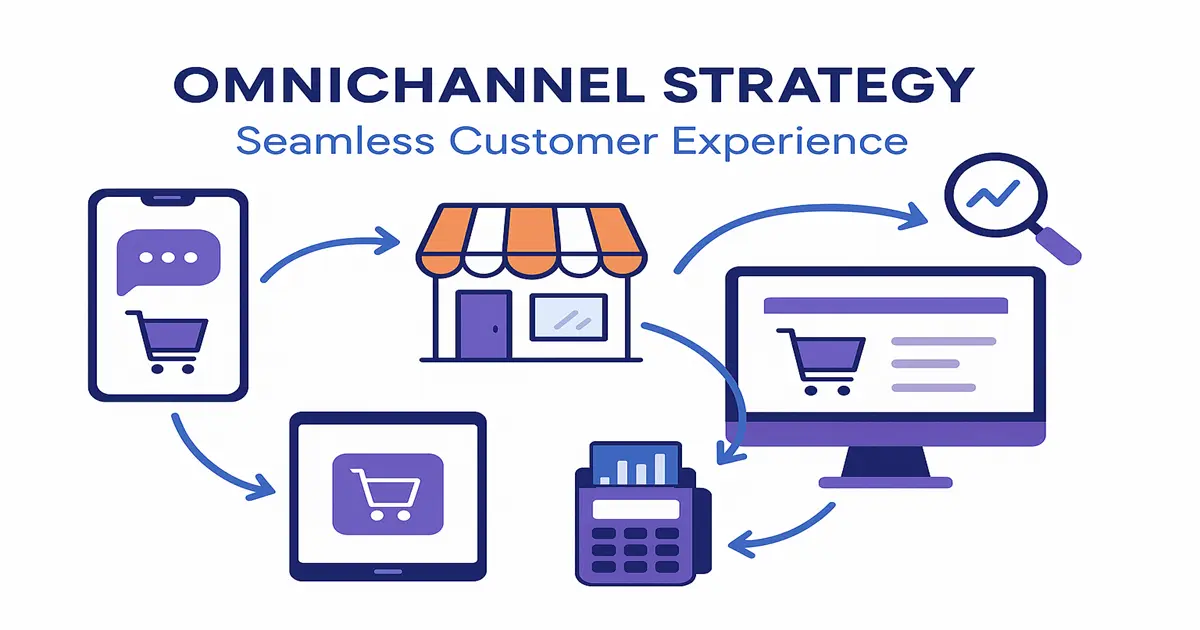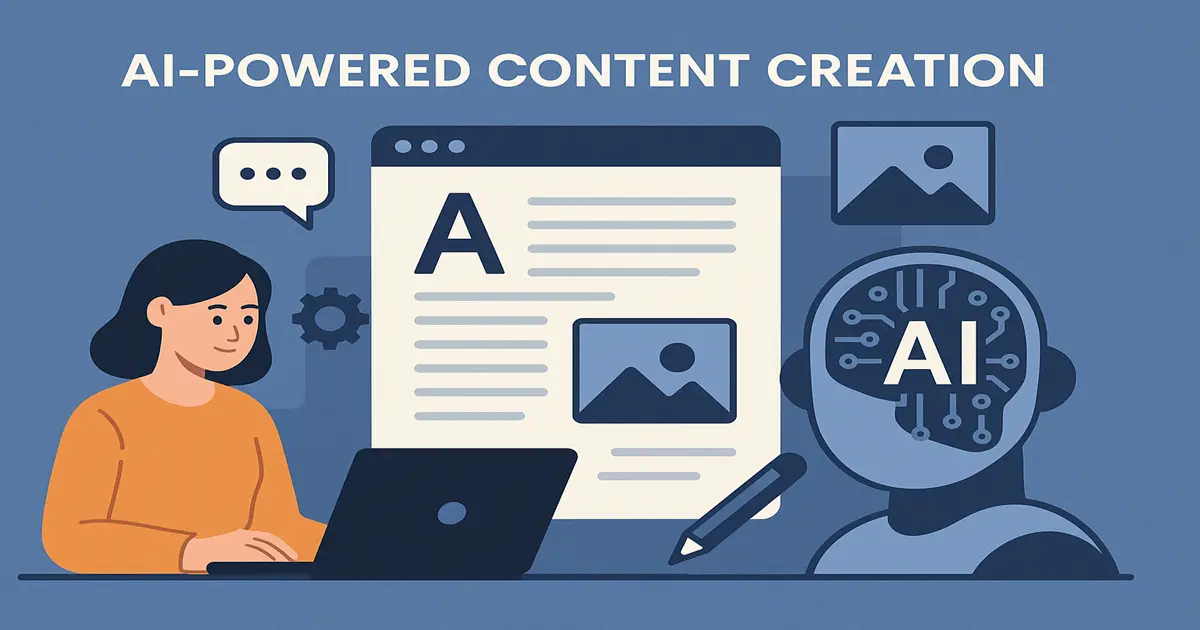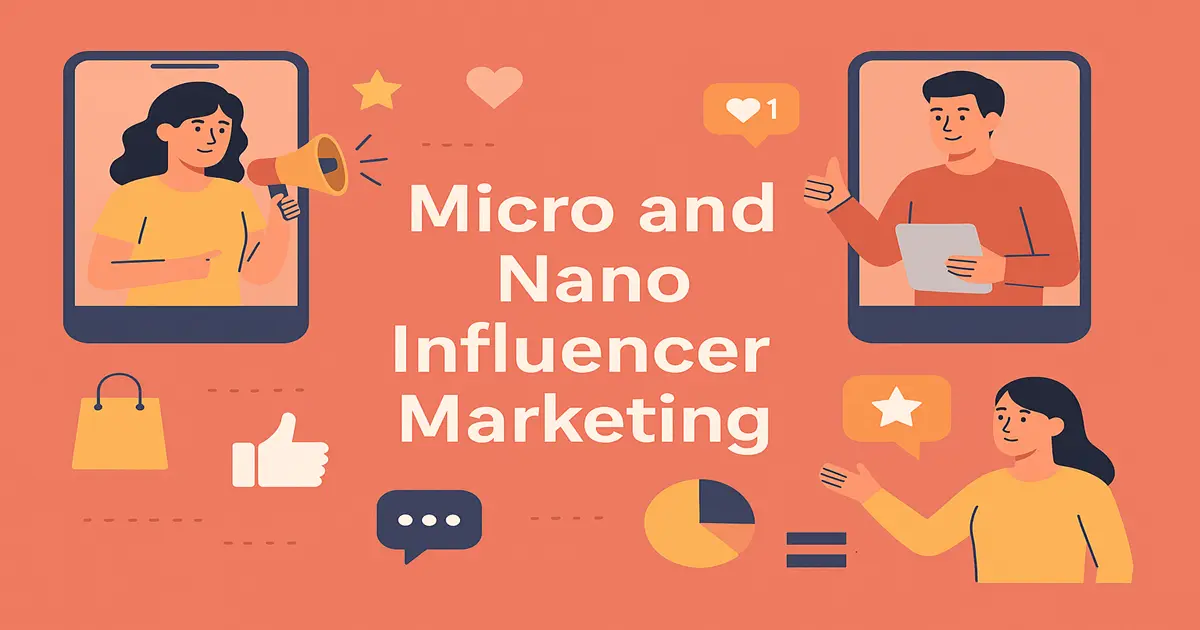Introduction:
With today’s highly competitive digital arena, companies are continuously seeking approaches to differentiate themselves, drive leads, and optimize return on investment (ROI). So, how do you make sure that every dollar invested in marketing translates to quantifiable outcomes? The solution is Performance Marketing. This outcome-based method is revolutionizing the way businesses promote their goods and services. If you’re not implementing performance marketing, or not implementing it appropriately, you’re possibly losing out on substantial growth prospects.
Performance Marketing is not a buzzword—it’s a strategic approach that means you only pay for outcomes. Regardless of whether you want to drive clicks, leads, or conversions, this model provides a concentrated and responsible strategy. Within this in-depth blog post, we’re going to cover everything from what performance marketing is, why it’s important, its distinguishing characteristics, and how to effectively use it. We will also examine practical case studies that demonstrate the strength of Performance-Based Advertising and provide some frequently asked questions to direct your path.
Let’s venture into the universe of Performance-Based Advertising and discover its secrets to high growth.
What Is Performance Marketing?
Performance Marketing is a type of online marketing in which advertisers pay solely for actual actions like clicks, sales, or leads. Contrary to the traditional model, where you pay beforehand for visibility (adverts on TV, billboards), performance marketing makes your budget work directly with tangible results.
Fundamentally, Performance Marketing is about accountability. Brands partner with publishers, influencers, or affiliate marketers to advertise their product or service, and pay only when a desired action is taken. This implies every penny spent goes towards realizing concrete business objectives.
Several primary channels are falling under the Performance-Based Advertising umbrella, such as:
- Affiliate Marketing
- Search Engine Marketing (SEM)
- Social Media Advertising
- Native Advertising
- Influencer Marketing
Performance Marketing also employs numerous pricing models:
- Cost Per Click (CPC)
- Cost Per Impression (CPM)
- Cost Per Lead (CPL)
- Cost Per Acquisition (CPA)
One of the greatest advantages of Performance-Based Advertising is being able to monitor and measure all stages of the customer lifecycle. With the power of advanced analytics and tracking capabilities, marketers are able to observe what does and doesn’t work and tweak campaigns in real time.
Performance Marketing is more and more fueled by AI and automation, enabling marketers to scale campaigns with accuracy and effectiveness. In short, it’s the future of ROI-driven advertising.
Why Performance Marketing Matters
Why should you care about Performance-Based Advertising? The short answer is: results. Much of traditional marketing comes with big upfront costs and no promise of return. Performance-Based Advertising turns that business model on its head, providing transparency, control, and optimization. The following are some good reasons why performance marketing is essential:
- Budget Efficiency: Paying only for action ensures that your marketing budget is well used.
- Measurable ROI: It is possible to track each campaign, analyze, and fine-tune it for improved performance.
- Scalability: Campaigns can be simply scaled up or down depending on what performs best.
- Flexibility: Performance marketing is effective on various platforms and can be customized for diverse audiences.
- Transparency: Real-time metrics give you a clear view of campaign effectiveness.
With companies under pressure to demonstrate the value of every dollar spent, Performance Marketing offers a clear direction. Whether you’re a multinational corporation or a startup, the fundamentals don’t change: pay for performance and fuel real growth.
In addition, Performance-Based Advertising allows for A/B testing and quick optimization, vital in the current rapid digital economy. Marketers can respond in real-time to changing markets, audience actions, and new possibilities.
Finally, Performance-Based Advertising is important because it aligns marketing objectives with business goals. It’s purpose-driven marketing, driven by facts, and designed to succeed.
Key Features of Performance Marketing
Performance marketing is characterized by several unique aspects that differentiate it from other marketing tactics:
- Results-Based Payment: Unlike typical advertising, you only pay for a particular action.
- Data-Driven Strategy: Performance marketing is heavily reliant on metrics to inform decisions.
- Advanced Targeting: Advertisers can target users by behavior, demographics, interests, and beyond.
- Multi-Channel Flexibility: Campaigns can be simultaneously run on Google, Facebook, Instagram, TikTok, and affiliate sites.
- Real-Time Monitoring: Campaign effectiveness can be tracked in real time, with instant optimization.
- Automation and AI: Performance platforms may employ machine learning to optimize bids, placements, and audience segments.
- Low Risk: With only paying for results, the monetary risk is much lower.
- Scaleability: Performance-based advertising platforms are programmed to scale campaigns without losing efficiency.
These attributes render Performance Marketing very attractive for businesses in search of sustainable and scalable growth solutions. No matter if you are driving app installs, lead forms, or e-commerce conversions, the tools and transparency provided by Performance-Based Advertising cannot be beat.
Case Studies: Performance Marketing Success Stories
- Airbnb
When Airbnb also pivoted its marketing away from traditional advertising and towards performance marketing, results were astounding. They spent big on search engine marketing and geo-targeted as well as interest-targeted social media ads. The result? Bookings soared 25% in less than six months. - Shopify
Shopify used affiliate marketing and influencer marketing to target niche markets. By paying partners per sale completed, they reduced waste and amplified ROI. The brand experienced a 40% increase in signups and a 30% decrease in customer acquisition cost. - Uber
Uber employed Performance-Based Advertising to move into new cities. They structured their advertising campaigns to reward only when new users signed up and finished a trip. Such a laser-targeted approach enabled Uber to grow while managing advertising expenditures. - Amazon
Amazon pays only when purchases are made through its affiliate program. This model has allowed them to employ millions of creators around the globe, generating tremendous revenue while remaining cost-effective. - Canva
Canva used performance-based advertising on Google and Facebook. By leveraging A/B testing and audience segmentation, campaigns were optimized to lower CPA by 50% over time.
These examples demonstrate the potential of Performance-Based Advertising.
In driving results, minimizing risk, and growing businesses in a quantifiable way.
How to Use Performance Marketing Effectively
Starting with performance marketing takes a few strategic steps:
- Set Clear Goals: Determine what success will be. More leads, more buys, or app downloads?
- Choose the Right Channels: Select search, social, affiliate, or a combination.
- Select a Pricing Model: Select CPC, CPA, or CPL based on your goal.
- Build Compelling Creative: Your ad copy, images, and landing pages need to engage with your audience.
- Use the Correct Tools: Google Ads, Meta Ads, and affiliate networks offer strong analytics.
- Track Everything: Use tracking pixels and analytics tools to track performance.
- Test and Optimize: Take advantage of A/B testing and real-time data to optimize campaigns..
- Partner Strategically: Partner with influencers or affiliates that are a good fit for your brand.
A successfully implemented Performance-Based Advertising strategy doesn’t merely generate traffic—it gets that traffic to convert into real business outcomes. The trick is ongoing optimization and alignment with business goals.
Conclusion:
Performance marketing isn’t a fad—it’s a paradigm shift in advertising for businesses. By emphasizing quantifiable results, it gives brands the ability to be nimbler, data-driven, and results-focused.
For businesses of all sizes, the message is clear: if you’re not leveraging Performance-Based Advertising, you’re leaving money on the table. With its inherent scalability, low risk, and transparency, performance marketing offers a competitive edge in an ever-evolving marketplace.
In order to drive fast growth, marketers need to adopt this model, spend on the right tools, and remain nimble. Whether a startup looking to establish your first customer base or an enterprise expanding globally, Performance-Based Advertising is the guide to ROI-driven success.
FAQs
Q1: Is performance marketing for small businesses?
Yes! Performance marketing is affordable and scalable, making it perfect for small businesses and startups.
Q2: What are good platforms for Performance-Based Advertising?
Google Ads, Meta (Facebook/Instagram), TikTok, LinkedIn, and affiliate networks are common options.
Q3: How do I track success in Performance-Based Advertising?
Measures such as ROI, cost per acquisition (CPA), conversion rate, and customer lifetime value (CLTV) are important metrics.
Q4: Can Performance-Based Advertising function in B2B sectors?
Yes, particularly through channels like LinkedIn and niche affiliate networks.
Q5: What is the greatest benefit of performance marketing?
You only pay for results, which minimizes waste and maximizes efficiency.
Embrace performance marketing, and you’ll unlock the full growth potential of your digital strategy.










